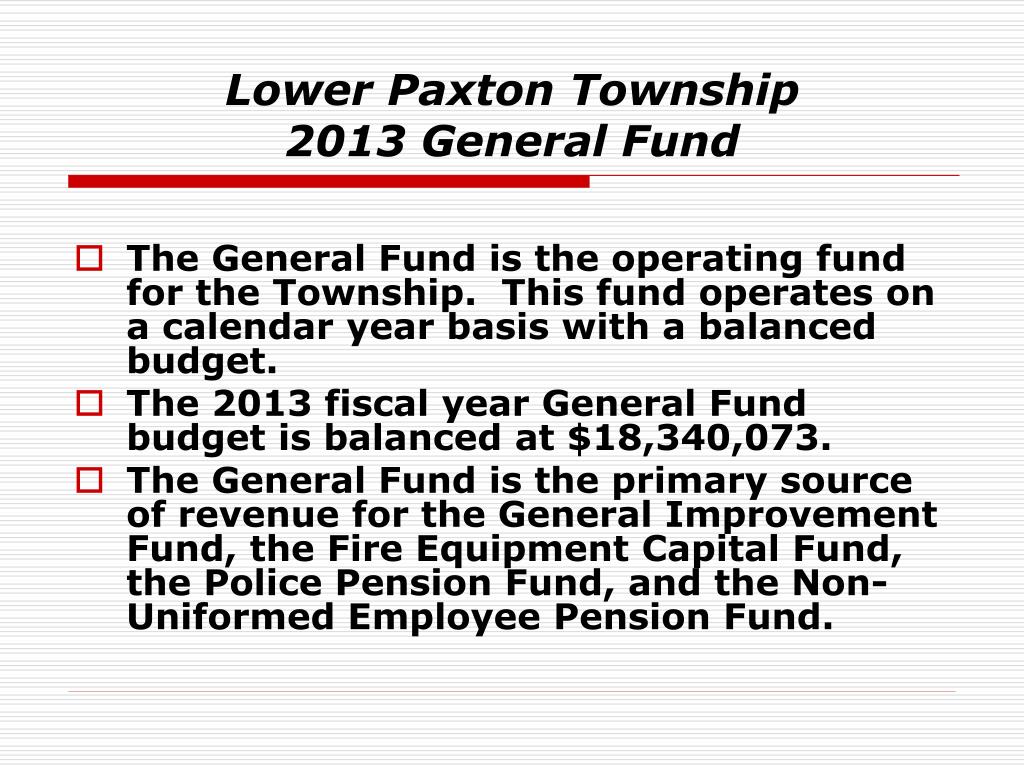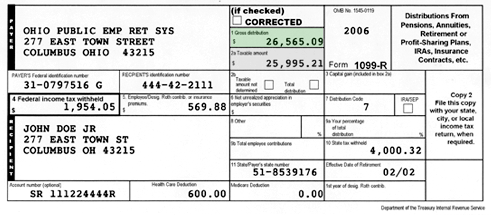
If the LST is levied at a combined rate exceeding $10, the tax must be assessed and collected on a pro-rata basis determined by the number of payroll periods established by an employer for a calendar year.

The Department of Community and Economic Development (DCED) must be notified of the rate by December 1 of the year prior to the effective date for the tax to be shown on the Official Tax Register that is released December 15.Īssessment and Collection.

The same holds true for an ordinance which changes the tax rate. An LST imposed for the first time becomes effective on January 1 of the year following enactment of an ordinance authorizing the tax. If the combined rate of a municipal and school LST exceeds $10, it must be assessed and collected in installments based on payroll periods. Employers are required to stop withholding the LST if an employee provides an exemption certification. Political subdivisions that levy an LST at a rate that exceeds $10 must exempt from the tax taxpayers whose total earned income and net profits from all sources within the political subdivision is less than $12,000. This is the date when the taxpayer is liable for the new tax rate. The name of the tax is changed to the Local Services Tax (LST).Įffective Date. Exemption Form with Primary Employer Form.Sample Ordinance (This ordinance is for LSTs that exceed $10).

Community Development Block Grant (CDBG).Weatherization Assistance Program (WAP).Opportunity Scholarship Tax Credit Program (OSTC).Educational Improvement Tax Credit Program (EITC).Quality Assurance & Operational Support.Certified Economic Development Organizations.


 0 kommentar(er)
0 kommentar(er)
